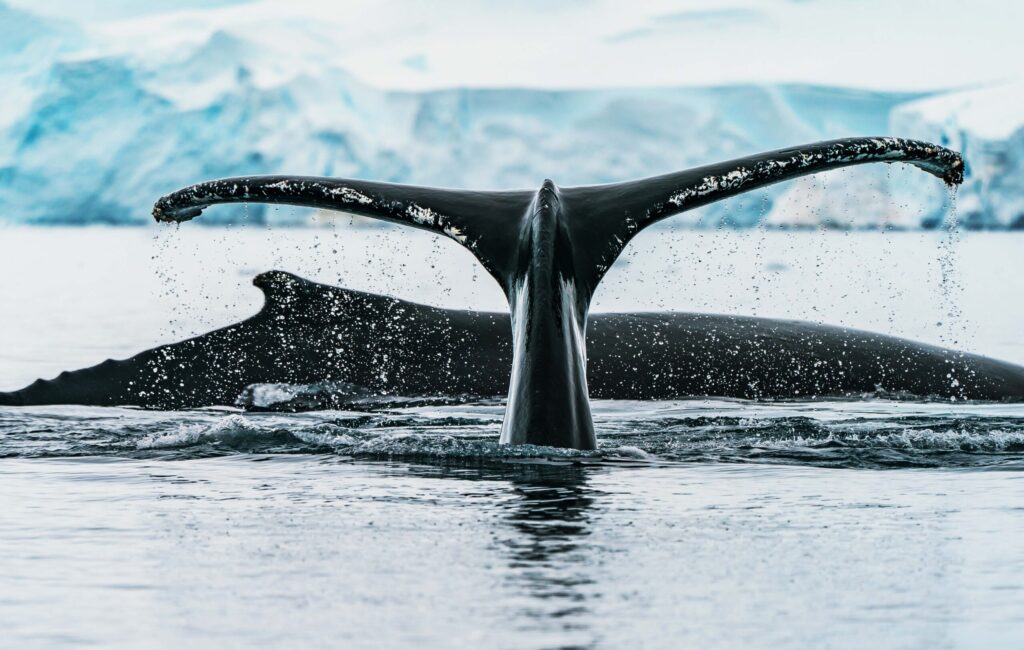 Discover the Best Times and Destinations for Incredible Whale Watching Adventures
Discover the Best Times and Destinations for Incredible Whale Watching Adventures
Whale watching is a captivating and awe-inspiring activity that allows nature enthusiasts and adventure seekers to witness these magnificent marine giants in their natural habitat. From the majestic humpback whales breaching off the coasts of Alaska to the graceful orcas gliding through the waters of Norway, the experience of observing these marine mammals in the wild is humbling and exhilarating.
The timing for the best whale-watching opportunities varies by location and the specific type of whales you hope to encounter.
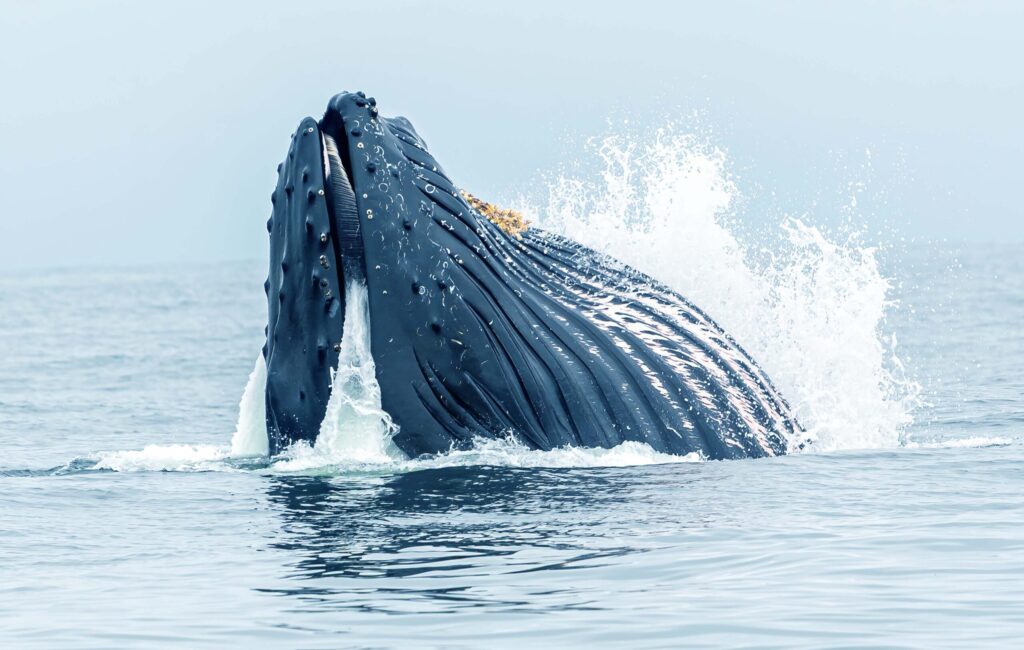 Whether you’re drawn to the enchanting gray whale migrations of California, the dramatic orca displays of Iceland, or the gentle southern right whales of South Africa, planning your whale-watching adventure at the right time of year is essential.
Whether you’re drawn to the enchanting gray whale migrations of California, the dramatic orca displays of Iceland, or the gentle southern right whales of South Africa, planning your whale-watching adventure at the right time of year is essential.
This guide will help you navigate the seasonal rhythms of these remarkable creatures, ensuring that you embark on a whale-watching journey that is both responsible and unforgettable.
The best time to see whales depends on the specific location and the type of whales you want to see and guidelines for whale watching in different regions:
- California (USA) – Gray Whales: Gray whales can be seen during their annual migration along the California coast. The best time to see them is during their southern migration from December to April and their northern migration from April to June. Popular spots include Monterey Bay and San Diego.

- Alaska (USA): Alaska offers excellent whale-watching opportunities, especially for humpback whales. The best time to go is during the summer months, from May to September. June and July are often considered prime months.

- New England (USA): Humpback and finback whales are commonly spotted off the coast of New England. The best time to go whale watching in this region is from May to October, with peak season typically in July and August.

- Iceland: Iceland is known for its rich whale-watching opportunities. Minke whales, humpback whales, and even orcas can be seen here. The best time is during the summer months, from May to September.
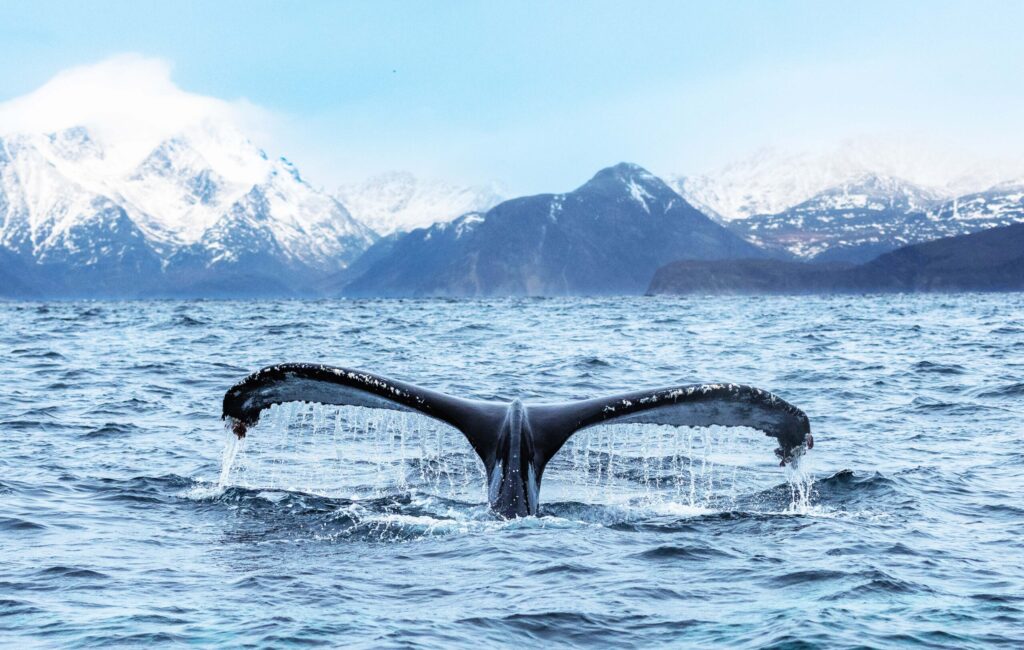
- Norway: Norway also offers great whale-watching experiences, especially for orcas and humpback whales. The best time is from October to January when orcas are most commonly seen. Humpback whales can be observed during the summer months.

- Mexico (Baja California): Baja California is famous for its gray whale migrations. The best time to go is from January to April when the gray whales are calving in the warm waters of Baja.

- South Africa: South Africa is known for its southern right and humpback whales. The best time for whale watching is from June to November, with peak season around August and September.
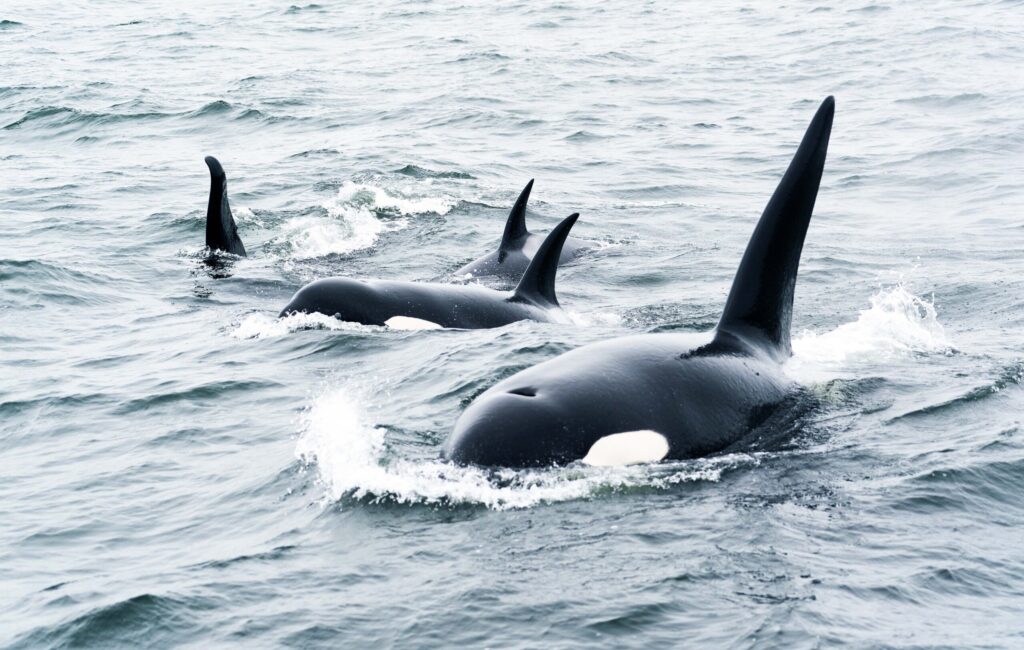
- New Zealand: New Zealand is a great place to see a variety of whale species, including humpbacks and orcas. The best time is from June to August.
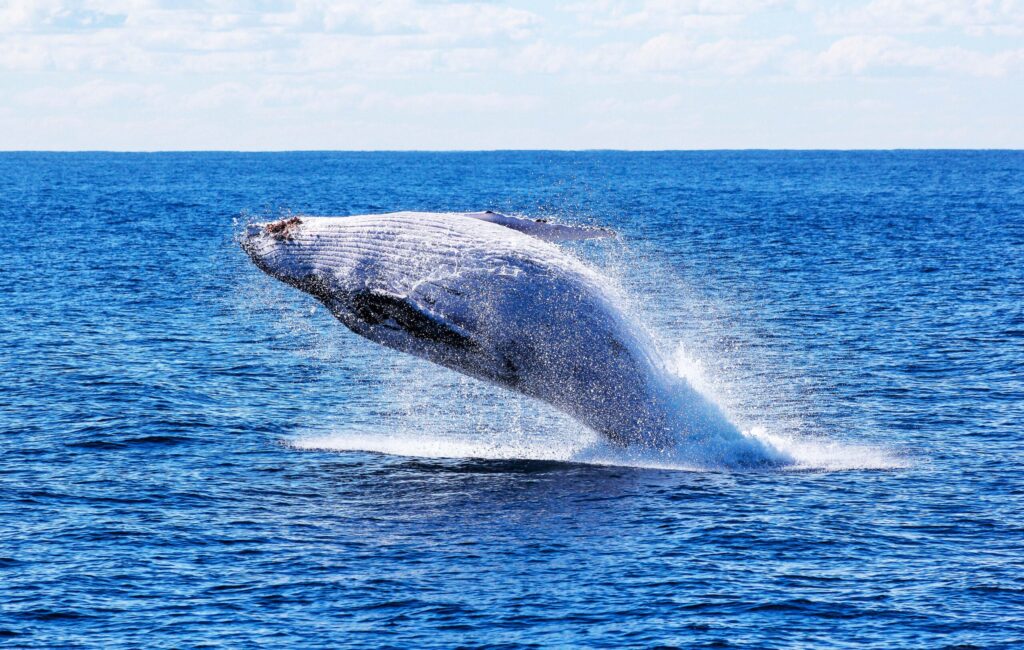
- Australia: The east coast of Australia is known for humpback whale migrations. The best time for whale watching in Australia varies by location but is generally from May to November. Hervey Bay in Queensland and Sydney are popular spots.
TIPS: Remember that whale-watching seasons vary slightly from year to year, so it’s a good idea to check with local tour operators for the most up-to-date information and book your tour in advance. Additionally, be mindful of responsible whale-watching practices to ensure the safety and well-being of these magnificent creatures.
Did you know?
Whales have remarkable communication abilities. They use intricate songs, clicks, and other vocalizations to communicate across vast distances in the ocean.

Humpback whales, for instance, are known for their complex songs that can last for hours and are thought to play a role in mating rituals and navigation. These songs can travel hundreds of miles through the water, showcasing the remarkable underwater acoustics of these majestic creatures.
A little history:
Throughout history, whales have held a complex and evolving role in human society. Indigenous cultures have long relied on these marine giants for sustenance, crafting tools, and spiritual significance.
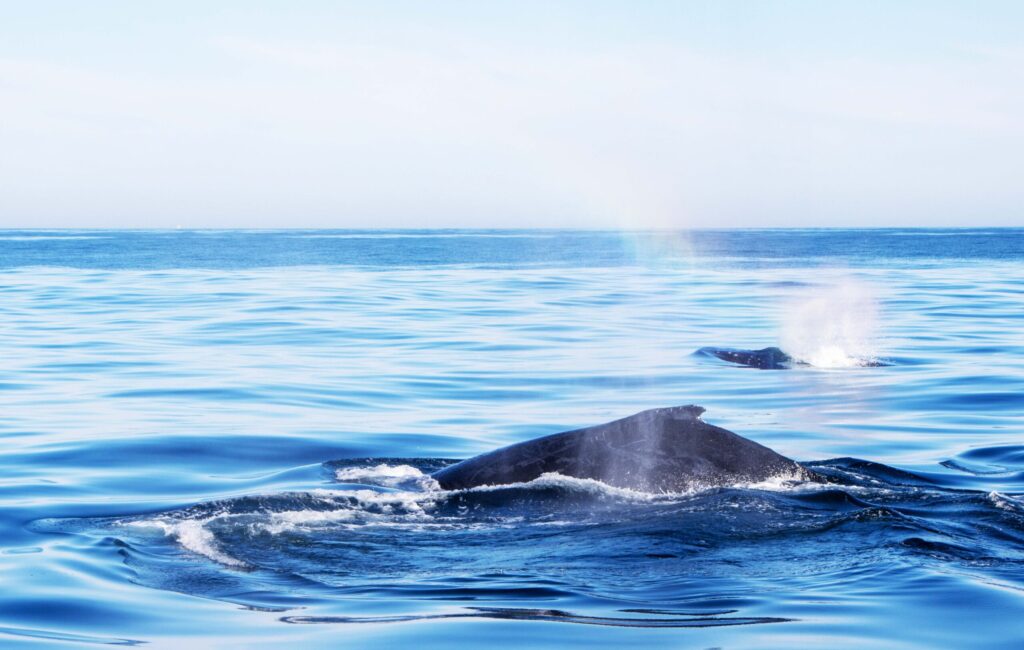
The medieval and industrial eras witnessed a substantial commercial whaling industry, with whales hunted primarily for their valuable blubber, oil, and baleen, and the 19th century marked the “Golden Age of Whaling” when North American whalers actively pursued a variety of species.
However, overharvesting led to a devastating decline in whale populations, prompting the establishment of the International Whaling Commission in 1946 and the subsequent ban on commercial whaling in 1986. This ban shifted the focus towards the conservation, research, and sustainable whale-watching industries, emphasizing these magnificent marine mammals’ cultural, economic, and scientific significance.


